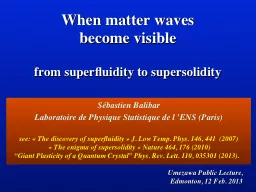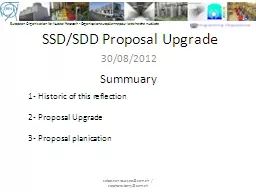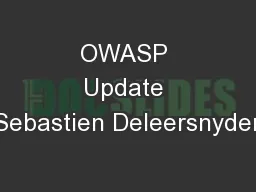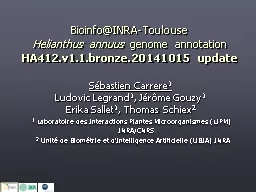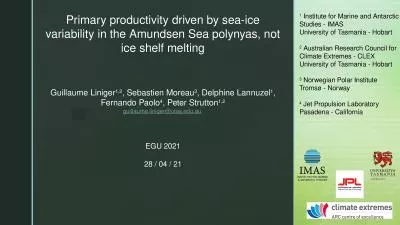PPT-Sébastien Balibar
Author : lois-ondreau | Published Date : 2016-08-11
Laboratoire de Physique Statistique de l ENS Paris see The discovery of superfluidity J Low Temp Phys 146 441 2007 The enigma of supersolidity Nature
Presentation Embed Code
Download Presentation
Download Presentation The PPT/PDF document "Sébastien Balibar" is the property of its rightful owner. Permission is granted to download and print the materials on this website for personal, non-commercial use only, and to display it on your personal computer provided you do not modify the materials and that you retain all copyright notices contained in the materials. By downloading content from our website, you accept the terms of this agreement.
Sébastien Balibar: Transcript
Download Rules Of Document
"Sébastien Balibar"The content belongs to its owner. You may download and print it for personal use, without modification, and keep all copyright notices. By downloading, you agree to these terms.
Related Documents

